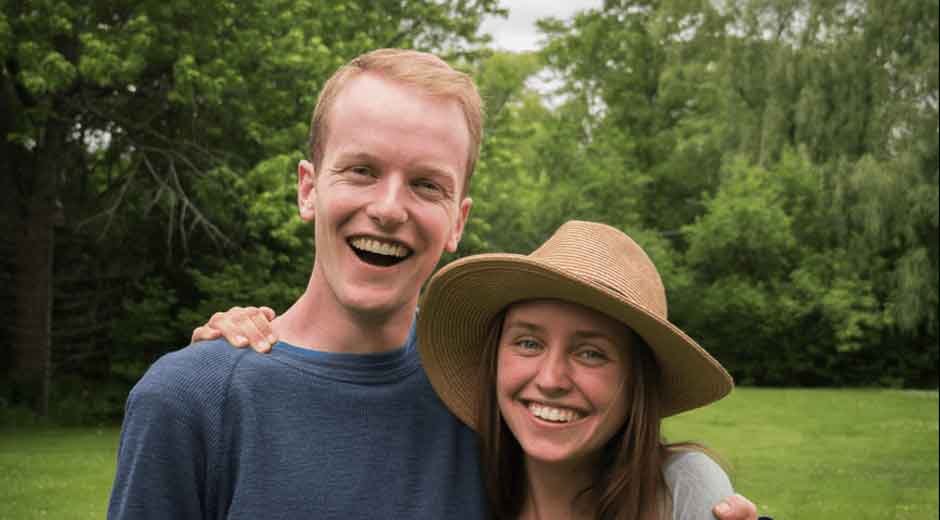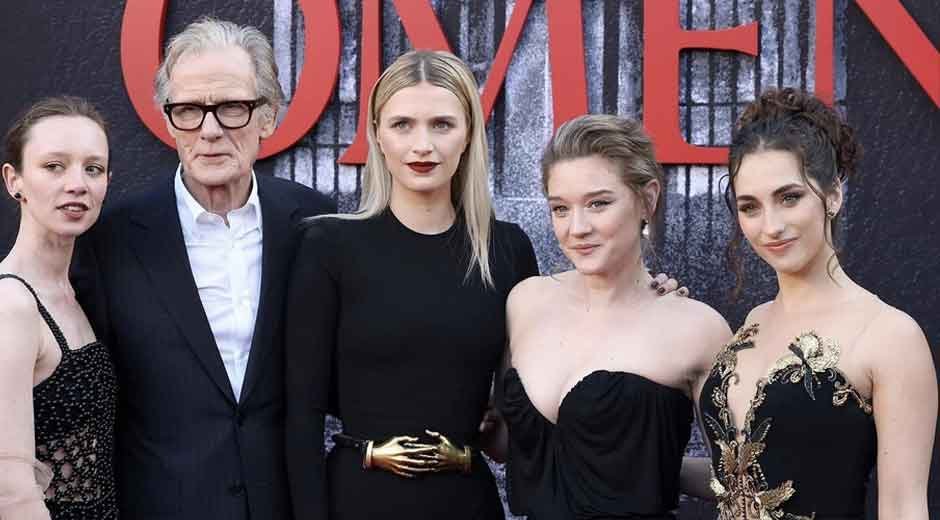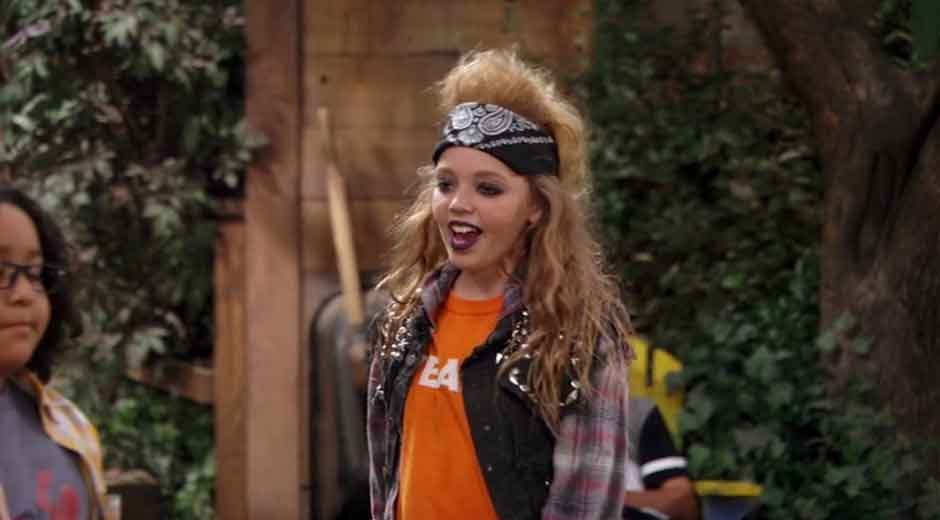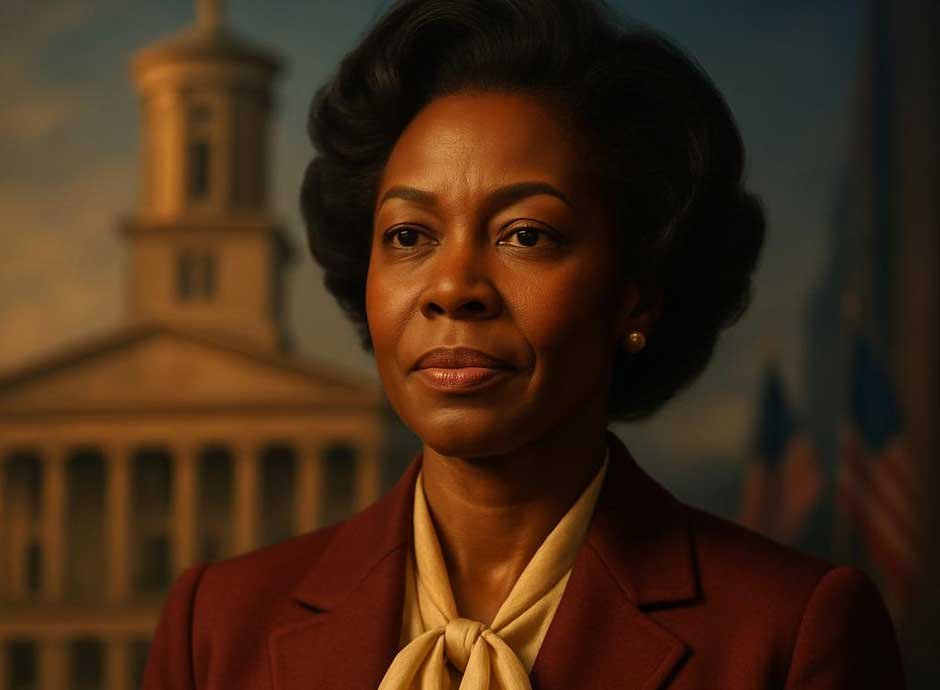Most people know Kirby Engelman from watching her explain weird science facts on National Geographic, but there’s a lot more to her story than what you see on screen. Born in November 1994 in Northfield, Illinois, she’s managed to turn a childhood curiosity about the world into a career that spans television, environmental advocacy, and social impact work. What makes her journey particularly interesting is how she’s used her media platform as a stepping stone toward making real change in environmental conservation.
Early Life and Educational Foundation
Growing up in Northfield, Illinois, Engelman had the kind of supportive family environment that lets kids explore their interests without pressure. Her parents encouraged her curiosity, which probably explains why she ended up pursuing such an eclectic mix of studies later on.
Even as a kid, she was the type who actually enjoyed school and did well academically. That foundation served her well when she decided to pursue higher education at not just one, but three different universities.
Her first degree focused on cinematography and film production, which makes sense given where her career headed. But she didn’t stop there – she also studied at The University of Edinburgh, where she earned a degree in Sustainability Studies in 2015.
The sustainability focus wasn’t just academic for her. It reflected a genuine interest in environmental issues that would become central to her professional work later on.
She rounded out her education with urban studies at Brown University. This diverse academic background gave her a unique perspective that would prove invaluable when she started working in science communication.
National Geographic Breakthrough
Landing a job with National Geographic in January 2015 was probably a dream come true for someone with Engelman’s background. Getting to work as both an on-camera host and producer meant she could be involved in the creative process from start to finish.
The timing was perfect too. National Geographic was expanding their educational programming for kids, and they needed people who could make science accessible without dumbing it down.
Working with her brother Charlie on “Weird But True!” turned out to be a winning combination. The show ran from 2016 to 2020 and reached audiences on Fox, Nat Geo WILD, and international channels.
What really set the show apart was how they approached science education. Instead of just talking at kids, they found ways to make abstract concepts tangible and fun.
The Emmy nomination she received for her work was well-deserved recognition. It’s not easy to create educational content that actually engages young audiences while teaching them real science.
Television Success and Science Communication
“Weird But True!” became known for doing things differently. The paper craft models and hands-on demonstrations weren’t just gimmicks – they were carefully designed to help kids understand complex scientific concepts.
The show took viewers to all kinds of places, from crime labs to amusement parks to the Everglades. This approach made science feel relevant to everyday life rather than something that only happens in textbooks.
Engelman’s natural enthusiasm came through on camera, which is harder to fake than people think. Kids can tell when someone genuinely cares about what they’re teaching, and that authenticity was a big part of the show’s success.
The series proved that children’s educational programming didn’t have to choose between being entertaining and being intellectually challenging. You could do both if you approached it thoughtfully.
Behind-the-Scenes Contributions
While viewers saw Engelman as a co-host, she was actually wearing multiple hats behind the scenes. She worked in the art department, operated cameras, and helped with overall production management.
The paper craft models that became a signature of the show required both artistic skill and scientific accuracy. Creating visual aids that were both engaging and educational wasn’t as simple as it might have looked.
Her camera work gave her technical skills that enhanced her understanding of visual storytelling. This behind-the-scenes experience made her a more well-rounded media professional.
Taking on producer responsibilities meant she could influence the creative direction of the content. This ensured that educational goals stayed front and center while keeping the entertainment value high.
Environmental Advocacy and Documentary Work
When National Geographic gave her $50,000 to develop her own programming, Engelman chose to focus on environmental preservation. This wasn’t surprising given her academic background, but it showed where her real passions lay.
The documentary series she created earned her an Emmy nomination, which validated her approach to environmental communication. She proved that serious environmental topics could be presented in engaging ways without losing their impact.
This project marked a turning point in her career. She was no longer just a television host – she was becoming recognized as a serious advocate for environmental causes with the skills to reach broad audiences.
The success of this work demonstrated that there was an appetite for environmental content that didn’t preach but instead educated and inspired.
Career Evolution and Social Impact
After more than three years with National Geographic, Engelman made a strategic decision to move toward organizations focused on social causes. This wasn’t about leaving television behind – it was about using her skills more directly for causes she cared about.
Her current work includes positions with organizations like Lonely Whale, which focuses on ocean conservation, and Icon Modern, which supports various social causes. These roles let her apply her communication skills to advocacy work.
This career transition reflects a growing trend among young professionals who prioritize social impact over traditional career advancement. Engelman chose meaning over just climbing the media industry ladder.
The move from entertainment-focused television to direct advocacy work makes sense for someone whose academic background and personal interests have always centered on sustainability and environmental protection.
Legacy in Educational Media
Engelman’s impact on educational television goes beyond the specific shows she helped create. Her work demonstrated that children’s programming could successfully combine entertainment with serious educational content and environmental awareness.
The format innovations she helped develop, particularly the handcrafted visual aids and real-world location shooting, have influenced other educational programs. Her approach proved that audiences respond to authentic enthusiasm and genuine expertise.
Her career path from television host to environmental advocate provides a model for how media professionals can leverage their platforms for social good. This evolution suggests new possibilities for how educational media can serve as a stepping stone to direct advocacy work.
As environmental issues become more urgent, professionals like Engelman who can effectively communicate complex scientific concepts to broad audiences become increasingly valuable. Her combination of media skills, scientific knowledge, and genuine passion for environmental protection positions her well for continued impact in whatever direction her career takes next.










